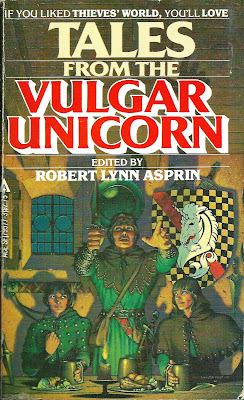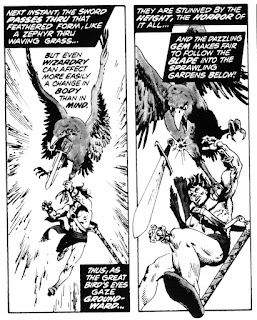Friday, December 31, 2021
Alien Legion: Slaughterworld
Tuesday, December 28, 2021
Christmas 2021 antique store finds
Friday, December 24, 2021
Book Review: Deadhead
According to Grady Hendrix's 2017 book Paperbacks from Hell: The Twisted History of ‘70s and ‘80s Horror Fiction, the runaway success of Thomas Harris's 1988 novel The Silence of the Lambs turned paperback publishers away from printing horror titles and towards printing serial killer novels. The horror paperback boom of the 1980s dwindled, with Dell's 'Abyss' line of weird horror / psychological horror novels bravely waving the banner before closing up shop in 1995.
So perhaps that's why the UK's most prominent splatterpunk horror writer, Shaun Hutson, decided to venture into the serial killer genre with his 1993 novel 'Deadhead' (326 pp.).
'Deadhead' is set in London in the early 1990s. Hutson takes pains to depict this summertime London as a singularly unpleasant place, filled with bags of rotting garbage, choking under clouds of automotive exhaust, confounded by massive traffic jams, and peopled by surly, sweat-soaked urbanites.
Rounding out this catalog of unpleasantries are various deviants, perverts, and psychopaths who prey on the teenage runaways and drug addicts scrabbling for survival on the mean streets of the city. One group of these predators have a particularly nasty business plan: coercing runaways from the Ossulston Street hostel into performing in pornographic films.
But the true horror afflicting London in this hot and humid summer is the serial killer who specializes in murdering young people. Five mutilated corpses have been recovered, and the police have had little success in identifying, and stopping, the killer.
The protagonist of 'Deadhand' is a former policeman-turned-private-eye named Nick Ryan. Perhaps because he is a brutish and intimidating personage, Ryan's business is thriving, and as the novel opens he has more clients than he can handle. The only downside to his success as a businessman is the way it deprives him from spending time with his daughter Kelly, who lives with her mother - Ryan's ex-wife Kim - and Kim's husband, a wealthy businessman named Joseph Finlay.
As the events in 'Deadhand' unfold, the worlds of the serial killer, Nick Ryan, his daughter, and the pornographers gradually will coalesce.......in a most sinister way. For the pornographers are very well-connected with major figures in the London underworld: people who like to make lots of money off so-called 'snuff' films. People who have no qualms about eliminating anyone who crosses their path..........
'Deadhead' certainly comes across as a splatterpunk's approach to the serial killer genre: in the opening pages, Hutson gives us a charming vignette involving putrefaction, and vomit. But I finished the novel thinking that plot-wise it adheres more to the police procedural genre than the serial killer genre. In this regard Hutson crafts a capable read, although the regular insertion of melodramatic passages dealing with Nick Ryan's emotional travails with his daughter, ex-wife, and her new husband, tend to become distracting.
Hutson takes a deliberate, some might say protracted, approach to setting up his plot, but the closing pages of the book supply plenty of violent action, with descriptions of bullet-induced carnage sure to satisfy 'splat' fans.
Summing up, Hutson's followers will find 'Deadhead' worth their attention. I also imagine that readers who are partial to hardboiled police procedurals also will find the novel rewarding.
Wednesday, December 22, 2021
A Prescient Novel from 1990 ?
Monday, December 20, 2021
Book Review: Tales from the Vulgar Unicorn
edited by Robert Lynn Asprin
Friday, December 17, 2021
Hard-Boiled Defective Stories
Tuesday, December 14, 2021
The Magic Goes Away graphic novel
Friday, December 10, 2021
Cruising by Nesmith
Book Review: Counting the Cost
Tuesday, December 7, 2021
Tapestry of Blood
Saturday, December 4, 2021
Book Review: Atrocity Week
Wednesday, December 1, 2021
Kull the Savage omnibus
Marvel, November 2021

















































































